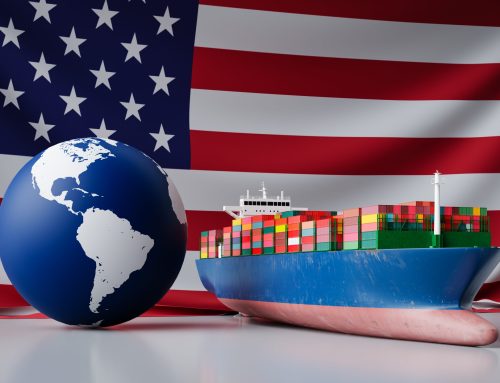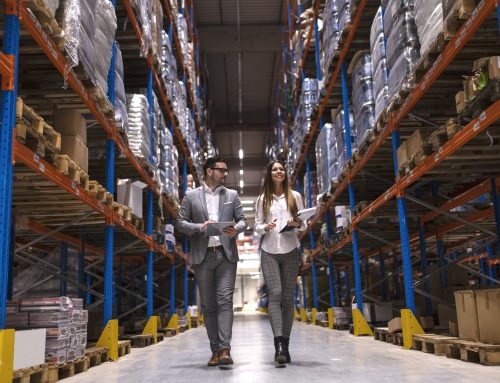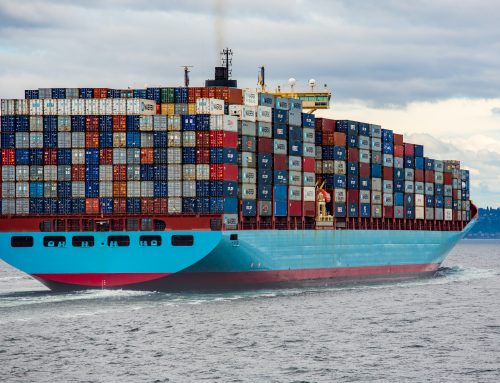It’s basic knowledge that when you’re entering or returning to the US from a foreign country with goods you purchased or received while away, you need to declare them to Customs and Border Protection (CBP). Basic, right? The reality is that bringing goods into the US for resale can be quite complex, so it’s a smart idea to make advance arrangements with a customs broker to have your goods cleared through CBP. Your residency status, the country you’re coming from, how long you were away, what you bought or were given, the country where the goods were made, and the price paid for them all play a role in determining whether or not you’re eligible for an exemption, as well as how much it will be.
For example, if you’re a US resident coming back with goods acquired from a foreign country after a stay of over 48 hours, you might be eligible for a duty-free personal exemption. Essentially, the duty-free personal exemption allows you to bring back goods to the United States without being obligated to pay duty. Should you bring back more than your exemption, you will be required to pay duty for the additional goods. Generally speaking, the average personal exemption amounts to $800, but there are some exceptions to the rule.
The amount you are allowed to bring back from the United States will change depending on the countries you have visited, which can be $200, $800, or $1,600. In order to prevent people from abusing the system, certain limits are enabled for the amount of alcohol, cigarettes, cigars, and other tobacco products you can include within your personal exemption. Below is a quick overview of when the duty-free exemptions apply according to the U.S. Customs and Border Protection:
- The goods you are bringing back to the United States are intended for personal and/or household use or will be given to other people as gifts.
- The items are in your possession once you enter the United States. Any goods that are sent to your address after you have returned to the United States will not be included within your $800 duty-free exemption. The only exceptions to this rule are if the goods are being sent from either Guam or the U.S. Virgin Islands.
- Your goods have been declared to the CBP. If you fail to declare any items to the CBP that should have been declared, you might have to relinquish the goods. If you are ever unsure whether or not you should declare any goods, stay on the safe side and just declare them.
- You have returned from an overseas stay that has lasted for at least 48 hours. The only exception to this rule is if you are returning from Mexico or the U.S. Virgin Islands.
- If you have all or part of your exemption allowance unused in the past 30 days. For example, if you travel abroad and come back bringing $150 worth of goods to the United States, you must wait another 30 days before you are allowed another $800 exemption.
Remember, some goods (such as original paintings or antiques over 100 years old) are not subject to duty at all. Goods that come from countries that are eligible for a special trade program like the North American Free Trade Agreement (NAFTA) can also be brought in duty-free. Be sure to have proof of their origins, though! Commercial samples can also be imported duty-free under NAFTA if their value, shipped individually or together, isn’t more than $1 US or the equivalent in Canadian or Mexican currency, or if they’re unsuitable for sale except as commercial samples.
NAFTA
Trump has been very critical of this 20+year-old old trade deal between the US, Mexico, and Canada, and a lot of people are rightfully wondering what that renegotiation could mean for trade between the US and Canada (including those duty-free benefits). In spite of Trump’s most vocal concerns having to do with Mexico, Canada is just as deeply implicated in any changes made. Another likely focus of changes to NAFTA is the foreign auto part industry, particularly in China. A likely renegotiation will be to make sure foreign-made parts don’t get assembled into vehicles that receive duty-free entry under NAFTA. Bottom line? The future of the current US Customs duty-free allowance is not certain, but at Clearit USA it’s our job to offer the most current and smartest plan of action for your unique customs clearance needs. We look forward to hearing from you!





